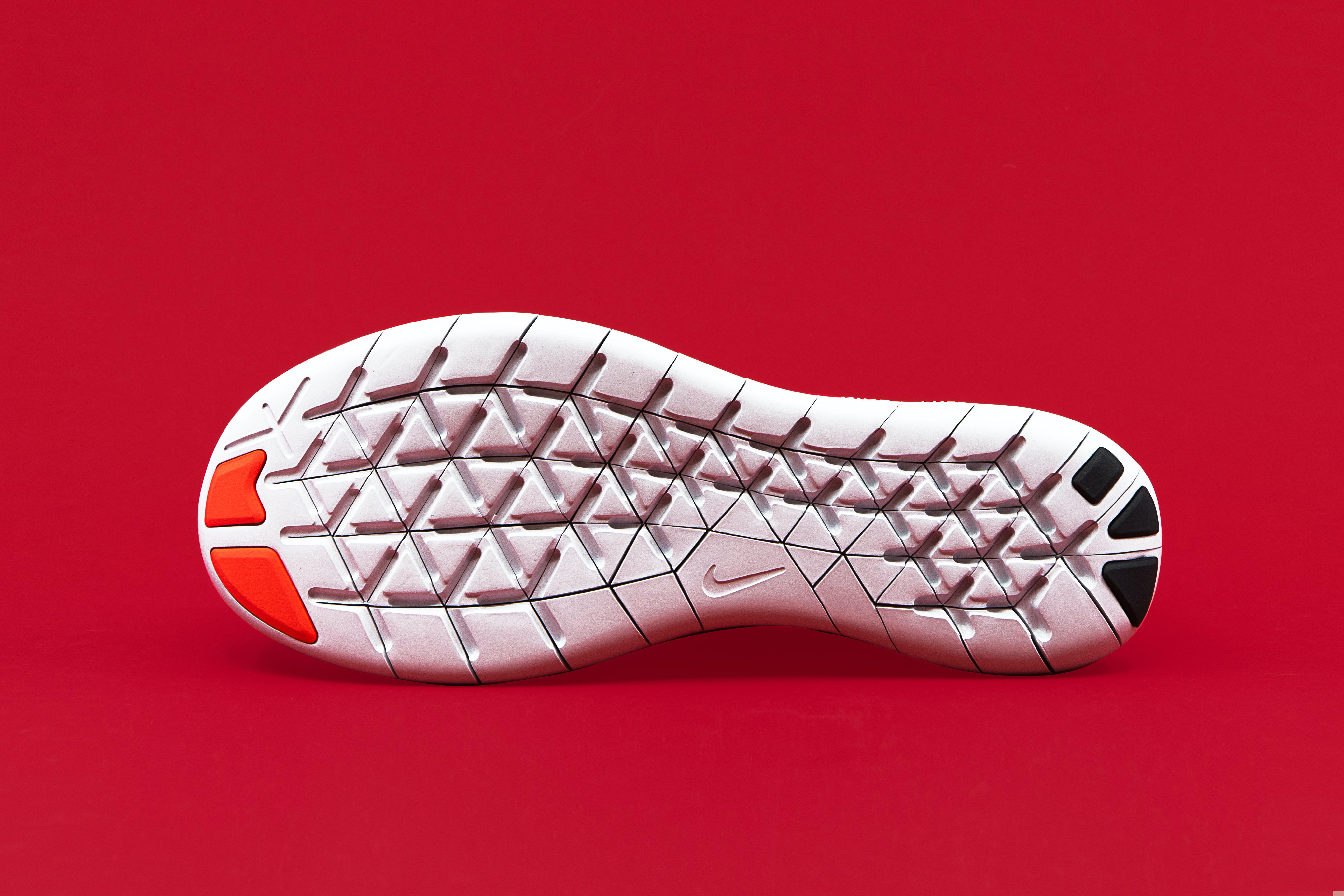What's In A Workout?

Ever get the motivation to work out, but never know what to do? Always feel like you're doing the same workout over and over without any results ... plus reinjuring the same joint over and over?
You're not alone. Most people have no idea what the guts of a good workout actually look like.
In a workout, we have different buckets that need to be filled.
Our 'buckets' include
-
Understanding how you're feeling
-
Joint Movement Prep
-
Dynamic Warmup/Movement
-
Multi-joint Strength Work
-
Conditioning
A workout needs to put water in each of these buckets.
Now, take a look at what your workouts look like -- are you filling these buckets? No? Let me show you how;
1. Understand How You're Feeling
The start to every training session begins with feedback. Feedback on how your weekend was, how you felt over the weekend after last week’s sessions, and any questions regarding your home exercise program. Without proper knowledge of how you're feeling, we can't write up the most effective workout. For example, if you drank a ton of beers last night, feedback would be to probably downshift and not go all out on your workout.
2. Joint Movement Prep
No better joint prep than CARs, or Controlled Articular Rotations. CARs are basically just fancy joint circles, BUT they're much more effective than they sound. CARs means we will be teaching the body as much full range of motion one joint at a time, with limited to no motion of surrounding joints. We'll also throw some breathing in this stage to get your nervous system ready to go. This is the minimal dose of movement the body should experience daily. This should take around 10 minutes.
3. Dynamic Warmup/Movement
Following CARs, I like to add in some dynamic work and challenge your midline or core musculature. There are ways to challenge in an isometric like a standard forearm plank or side bridge. I could also challenge your core checking a few boxes such as a Lunge position Paloff press with a cable on your side, challenging you to keep the lunge position and not get pulled in rotation toward the cable. We can also add in some athletic development work with agility drills, plyometrics and others if and when possible or relevant. Anything to get the body moving and prepped for our strength work!
4. Multi Joint Strength Work
Strength follows our midline work. Strength will include 3-6 sets, 8-12 reps depending on the individual. Strength sets will mainly include multi-joint exercise such as a goblet squat, 3 point row, or deadlift variation. Other strength lives in the realm of 'mobility strength training'. This work would include isometric strength using PAILs/RAILs (Progressive/Regressive Angular Isometric Loading) from the Functional Range Systems. An example would be working hip isometric internal rotation before hip isometric external rotation from a seated 90/90 base position. Mobility training is strength training.
5. Conditioning
Cardio ...fun. We all hate cardio, but you have to fill that bucket. I view Conditioning as heart and lung training, not punishment. I like to empower clients to give their greatest safest effort in movements that elevate their heart rate above 80% max heart rate. I call this the “spill it out” portion of the session. I push clients to spill out all the effort they have left into an exercise like Air Bike sprints or Kettlebell swings so that when they complete they feel taxed and rewarded at the same time. 5 minutes can do the trick if you do it right.
Want to learn more about how our hybrid personal trainer and massage thereapist can get you moving the best you ever have PLUS in the best shape of your life?! Book a FREE 15-minute phone call to get started. You won't regret it!

